In contrast to the hustle and bustle of Seoul, a two-and-a-half-hour bus journey to South Korea’s east coast transported me to Sokcho, a coastal city that’s also a steppingstone to Korean paradise: Seoraksan National Park. A feature on the peninsula, it’s filled with all essential national park requisites: peculiarly shaped mountains; native fauna; and ancient temples dating to the Shilla era.
It’s no wonder it was recently dubbed a Biosphere Protection site by UNESCO. I found it to be a protected haven filled with dramatic peaks, serene temples, and incredible hiking trails like Biryong Falls.
Whether you’re looking to hike to breathtaking waterfalls, ride a cable car to panoramic viewpoints, or explore ancient temples like Sinheungsa, Seoraksan offers some of South Korea’s best outdoor experiences.
Here’s a Seoraksan National Park guide to help you plan your visit, including top adventures, how to get there, and where to stay.
Disclosure: This article contains affiliate links. If you make a purchase through these links, I may earn a small commission at no extra cost to you. Thank you for supporting my blog!
Save this article for future reference!
Must-Do Seoraksan National Park South Korea Adventures
The Park is packed with unforgettable experiences, from peaceful hikes to jaw-dropping views. This Seoraksan National Park guide covers the best experiences to help you explore it to its fullest.
Here are my top picks.
Hike to Biryong Falls
With backpack, camera, snacks, and drink in tow, I made haste for the park entrance at 7AM, purchased a ticket and found the trail to Biryong Falls. The Biryong Falls Trail, a 4.8km return hike, is moderate in difficulty and takes around 1 to 1.5 hours to complete.
Before long, peace, solitude and tranquillity infused the crisp mountain air, punching a bounce into my mountain-stride.
Named the ‘flying dragon’, the falls’ reputation precedes them. After crossing a large white bridge and turning left, it’s time to walk through a bamboo forest. Bird chatter, pristine flora and the occasional mysterious animal crossing the path are commonplace.
Cautiously traverse a suspension bridge and climb stone steps for a while. Once there, the sight of the cascading water is refreshing (the loud water said to resemble dragons flying towards the sky) – the perfect setting for a much-needed break.

Take a seat in the shade, hydrate and snack while being enveloped by serenity.
There is a track that continues from the falls to a viewing platform much higher in the mountain (called Towangseong Falls Observatory). Be ambitious, walk to the platform (400 metres, up a staircase), and be rewarded: the view, despite the sweat-drenched ascent, is other-worldly.
Compared to harder trails like Ulsanbawi Rock (7.6km, 3–4 hours, difficult) and easier routes like the Biseondae Rock Trail (6km, 1.5–2 hours, easy), the hike to Biryong Falls offers a balanced combination of moderate effort and scenic rewards.
Ride the Cable Car to Gwongeumseong
The next tick-list item is slightly less strenuous: Seorak Cable Car, which offers a scenic ride to a hiking trail leading to Gwongeumseong Fortress.
Tickets, available only at the base station, are sold for specific times and must be purchased on the day of your visit. Cars depart every 5 minutes, carrying up to 50 passengers, but they often sell out quickly, especially during peak times.
It’s best to buy your ticket as soon as you arrive in the park to secure your spot and plan your schedule accordingly. Keep in mind that the service is weather-dependent and can be suspended at short notice due to strong winds.
Once you step off the cable car, it’s a short 20-minute hike to Gwongeumseong. The trail is manageable for most fitness levels, with rocky terrain but nothing too steep.
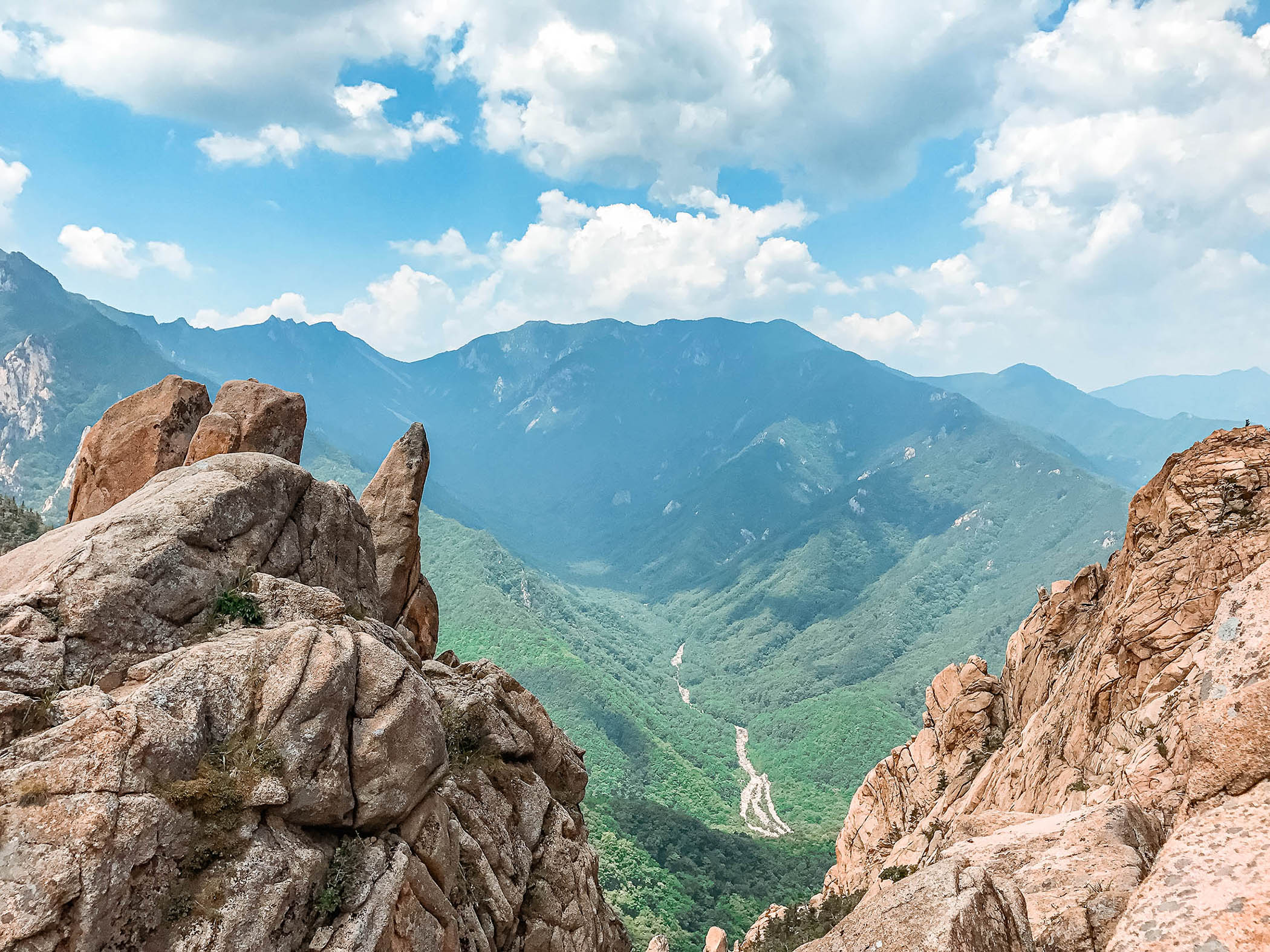
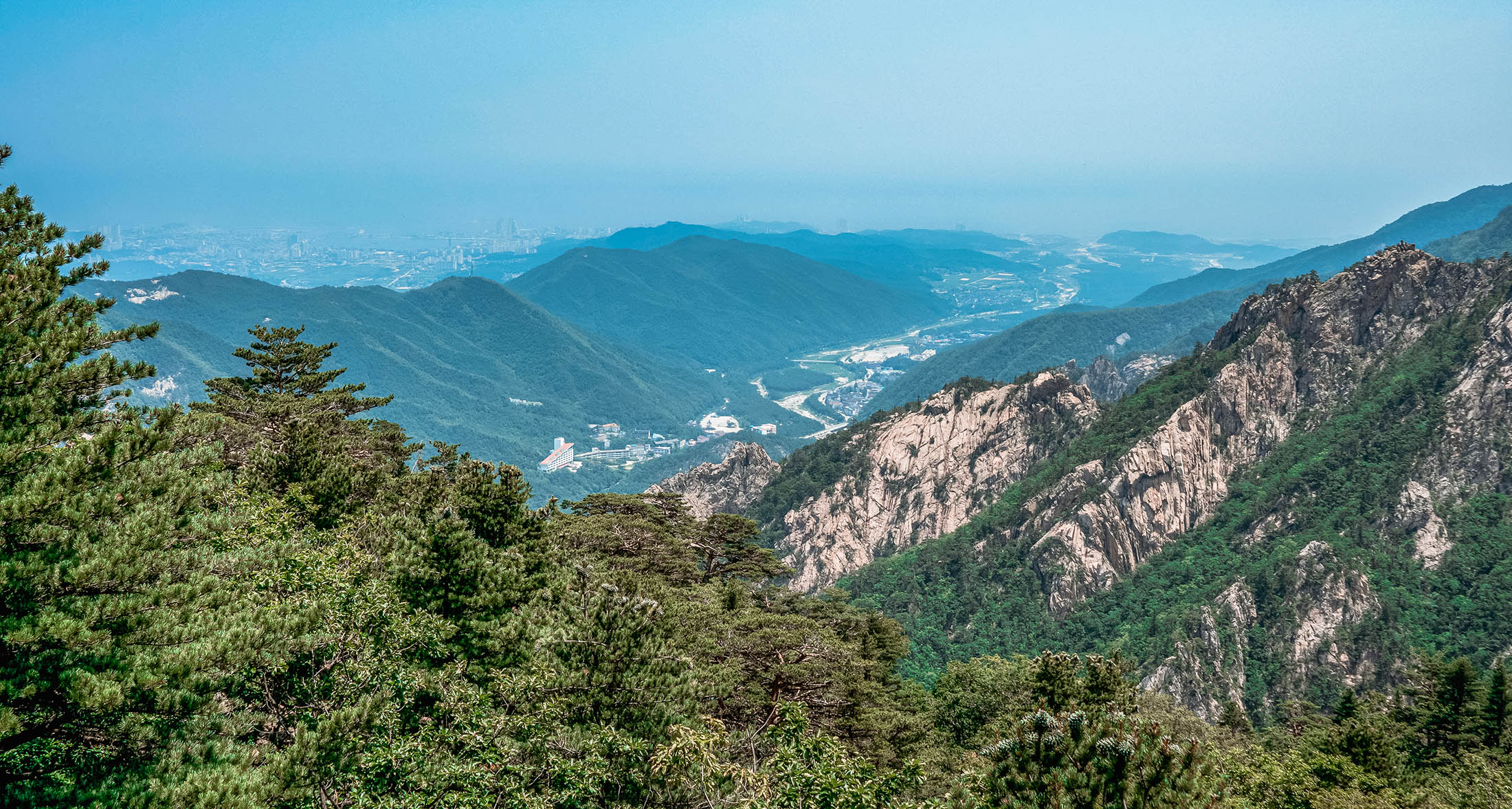
At the top, you’re greeted by striking rock formations and a sweeping backdrop of Sokcho in the hazy distance. Pause for a moment to take it all in — the crisp mountain air and breathtaking vistas make the trek well worth it.
Don’t miss the small temple and remnants of a fortress just downhill from the upper station. These historic sites add a touch of cultural charm to the natural beauty surrounding you.
Facilities like a cafe and restrooms are also available at the top, making it a convenient place to take a break before exploring further.
Remember to bring water, wear sturdy shoes, and make sure your camera is ready to capture the unforgettable views. The combination of natural beauty and cultural significance makes this an unmissable experience at Seoraksan.
Savour Local Cuisine at Daraejeong
If hunger strikes, then dine in one of the restaurants in the park.
You’ll find several restaurants and cafes clustered near the park entrance. This is by far the best area to eat, as food options beyond this point are limited to vending machines with snacks and drinks.
For something hearty, head to Daraejeong, conveniently located just to the right of the cable car entrance. With shaded outdoor seating, it’s a great spot to take a break and refuel. Their bibimbap, packed with fresh vegetables and topped with a perfectly cooked egg, was the ideal way to replenish the calories I'd lost after a hike.
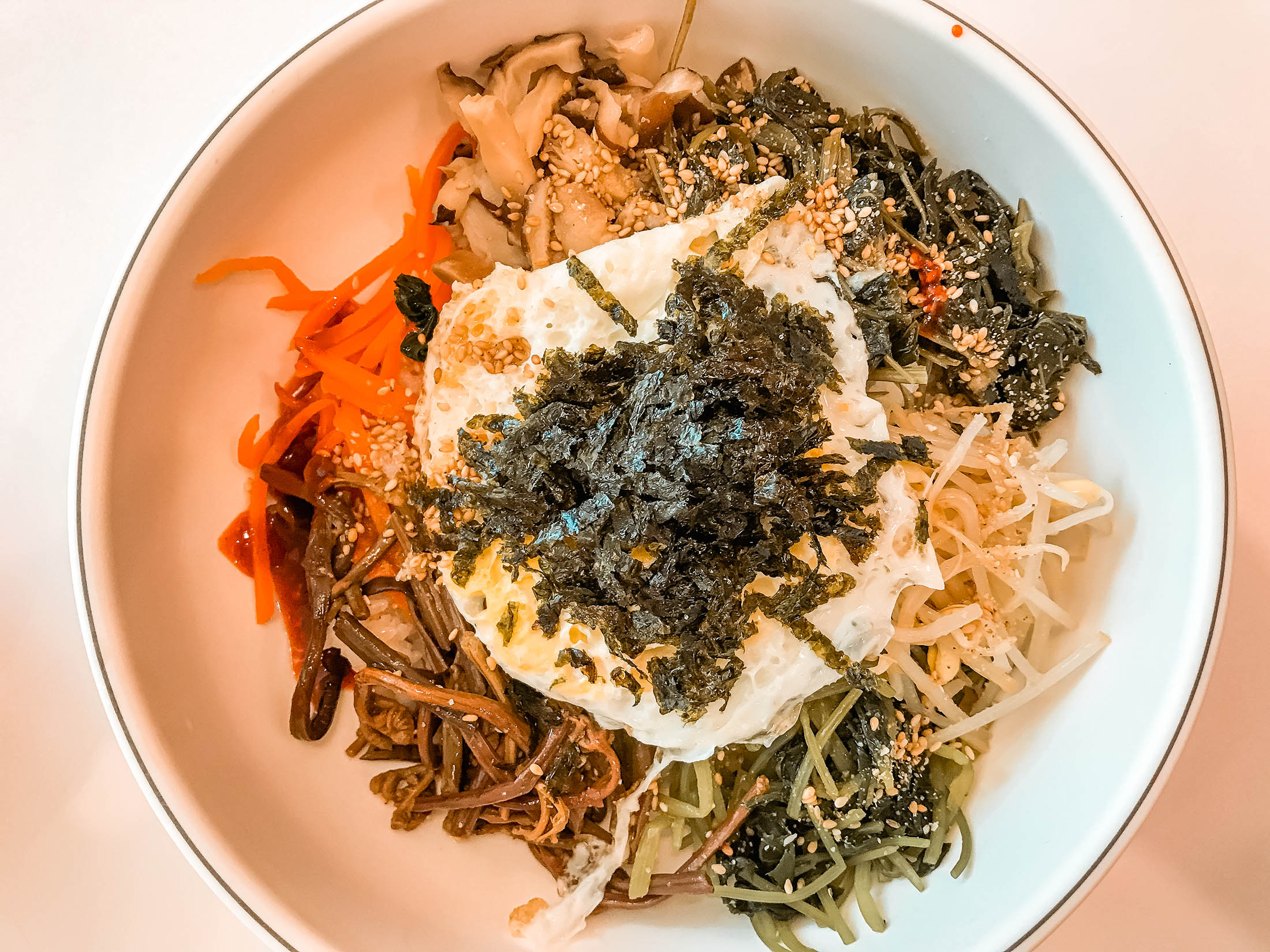
For drinks or lighter fare, check out one of the cafes nearby. Some even serve unique honey-infused drinks.
While the prices are higher than usual, the convenience and stunning mountain views make buying food within the park worthwhile.
Pro tip: If you plan to venture deep into the park, bring snacks.
Marvel at the Giant Buddha
Filled to satiety on starchy goodness, walk past the giant Jwabal Buddha, the largest seated Buddha statue in the world, standing over 15 metres tall.
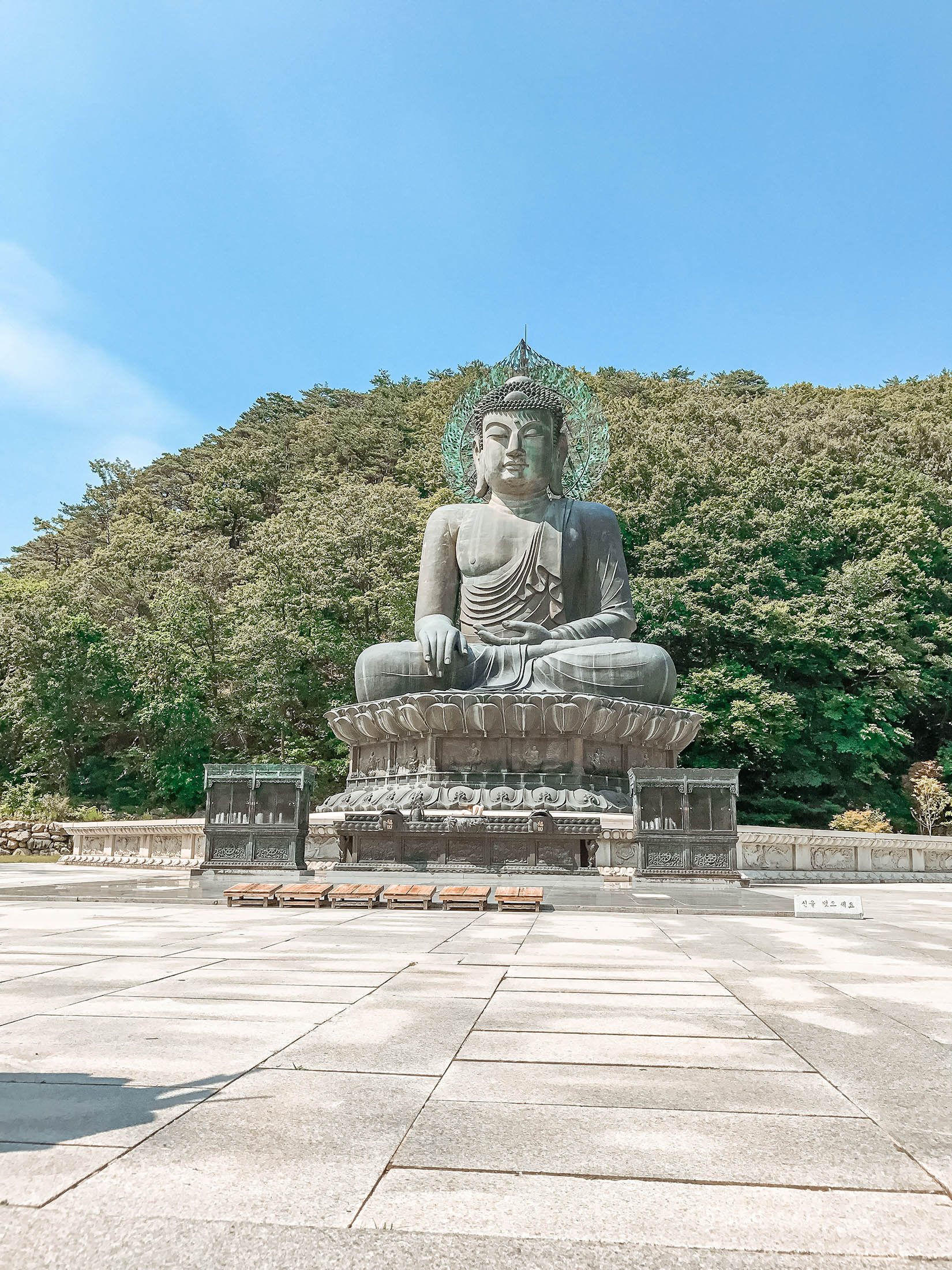
Known as the Tongil Daebul, it was built to represent the hope for reunification of the Korean Peninsula. The base of the statue includes carvings that add to its cultural significance, and the surrounding area often has visitors lighting incense or quietly reflecting.
From here, cross the bridge — a simple yet beautiful feature of the park — and continue toward Sinheungsa Temple.
Explore Sinheungsa Temple
The intricate architecture and stunning surroundings of Sinheungsa Temple are remarkable — a testament to the craftsmanship of its builders. Built during the late 6th century, it is one of the oldest Zen temples in the world and carries a rich history, having undergone multiple renovations over the centuries.
Its location, nestled against the mountainous backdrop of Seoraksan, makes it all the more striking.
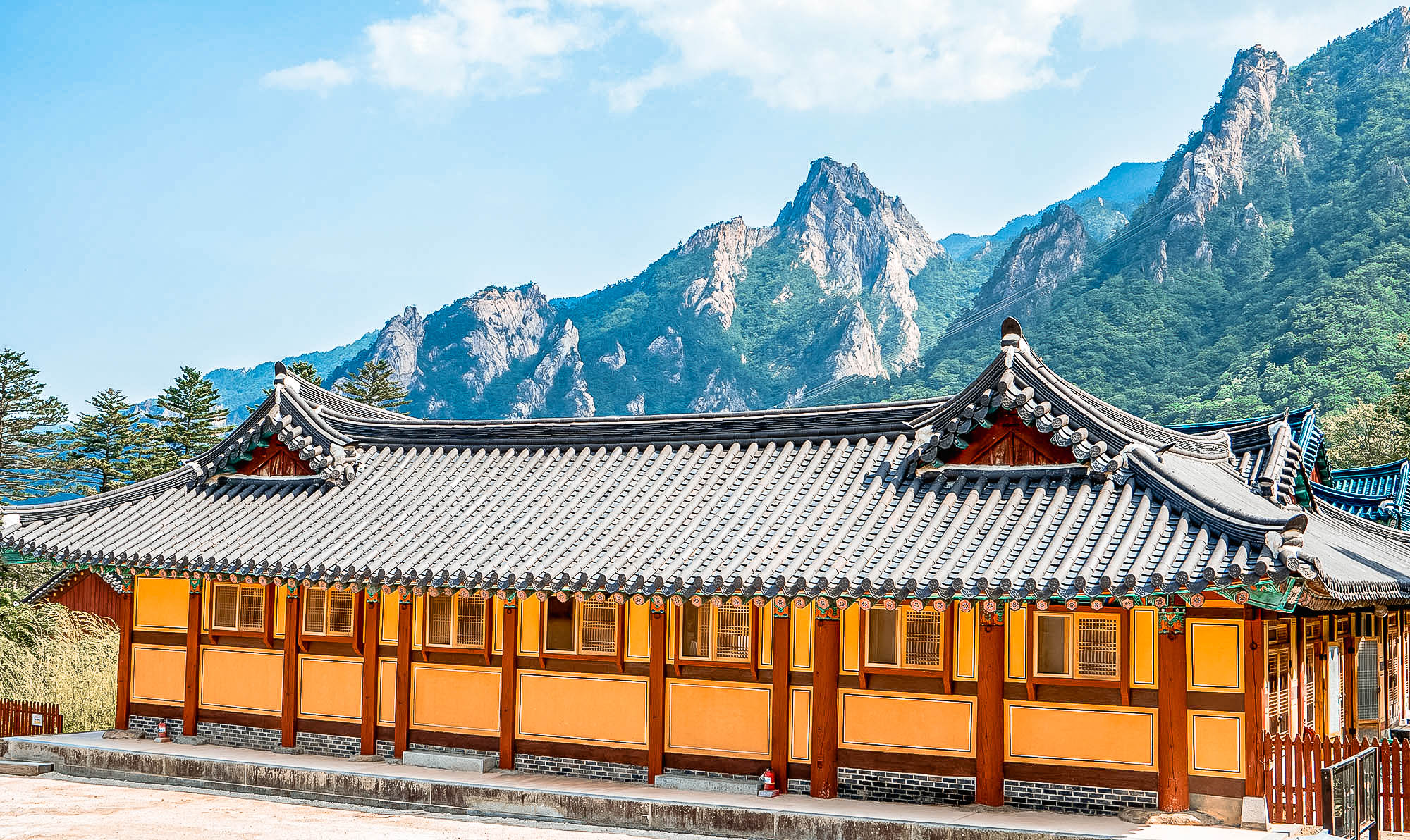
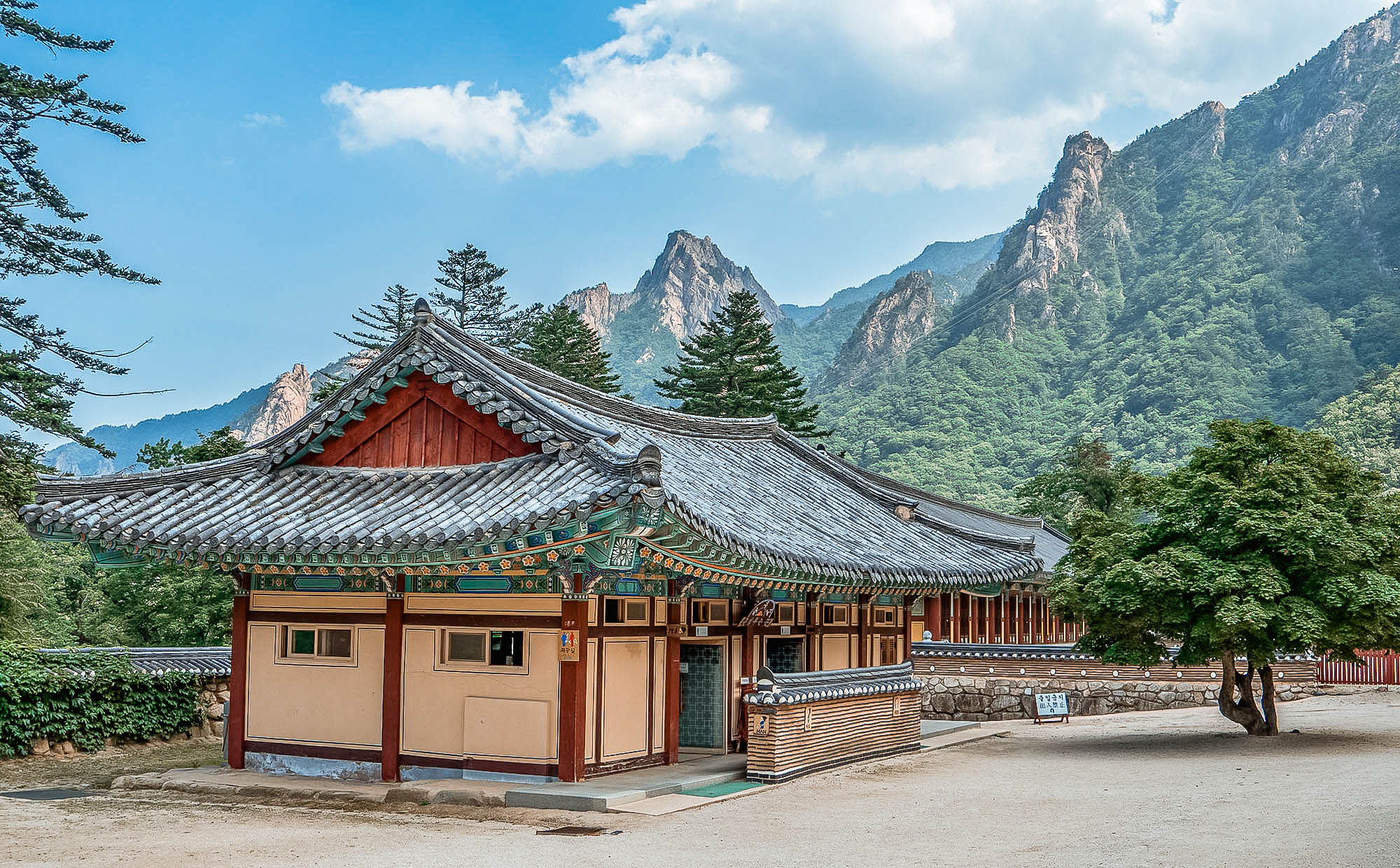
The temple complex consists of several buildings, each with its own architectural style.
Don’t miss the main hall, adorned with traditional Korean motifs and vibrant colours that contrast beautifully with the natural setting. Stone lanterns and statues are scattered around the grounds, adding to the sense of serenity.
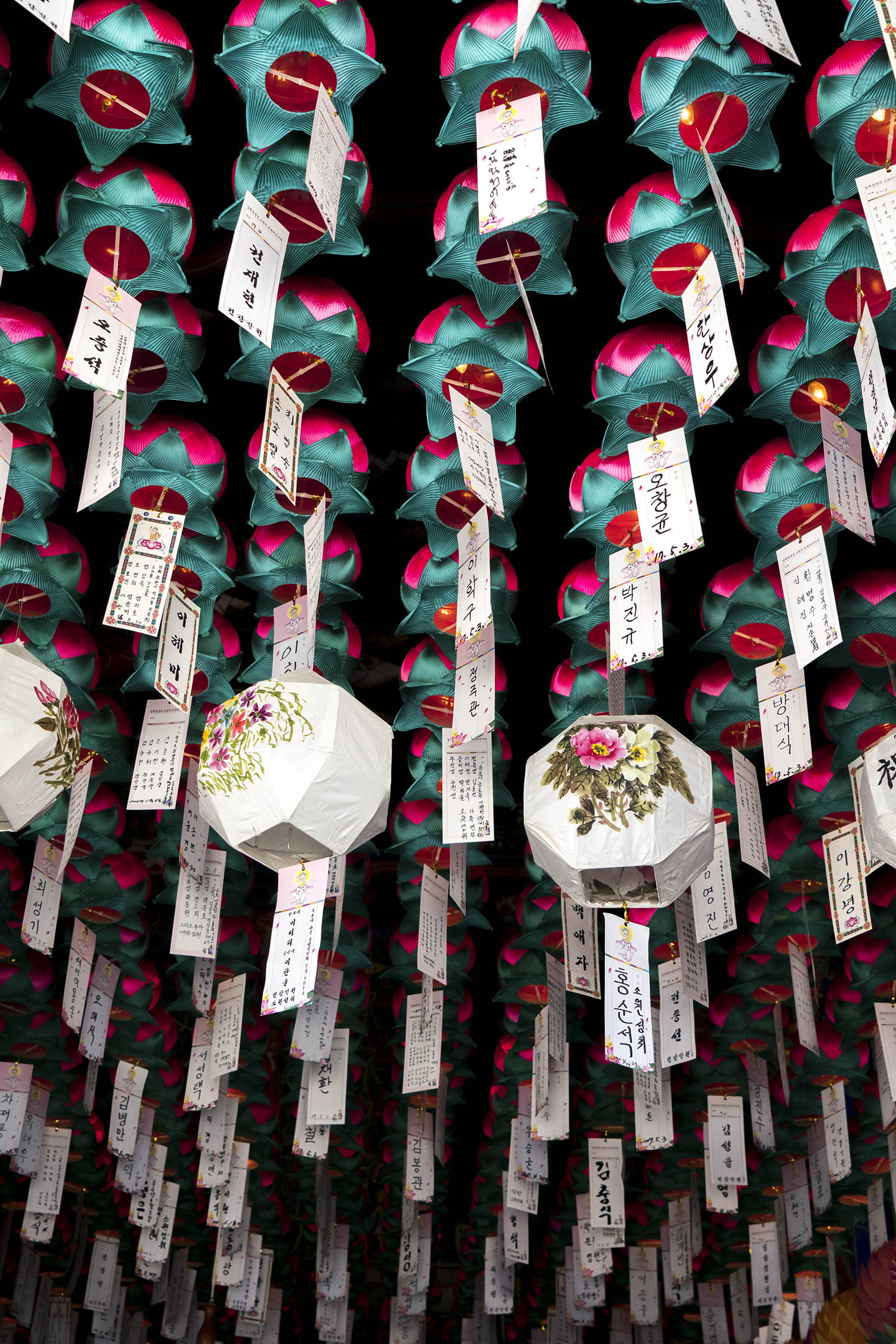
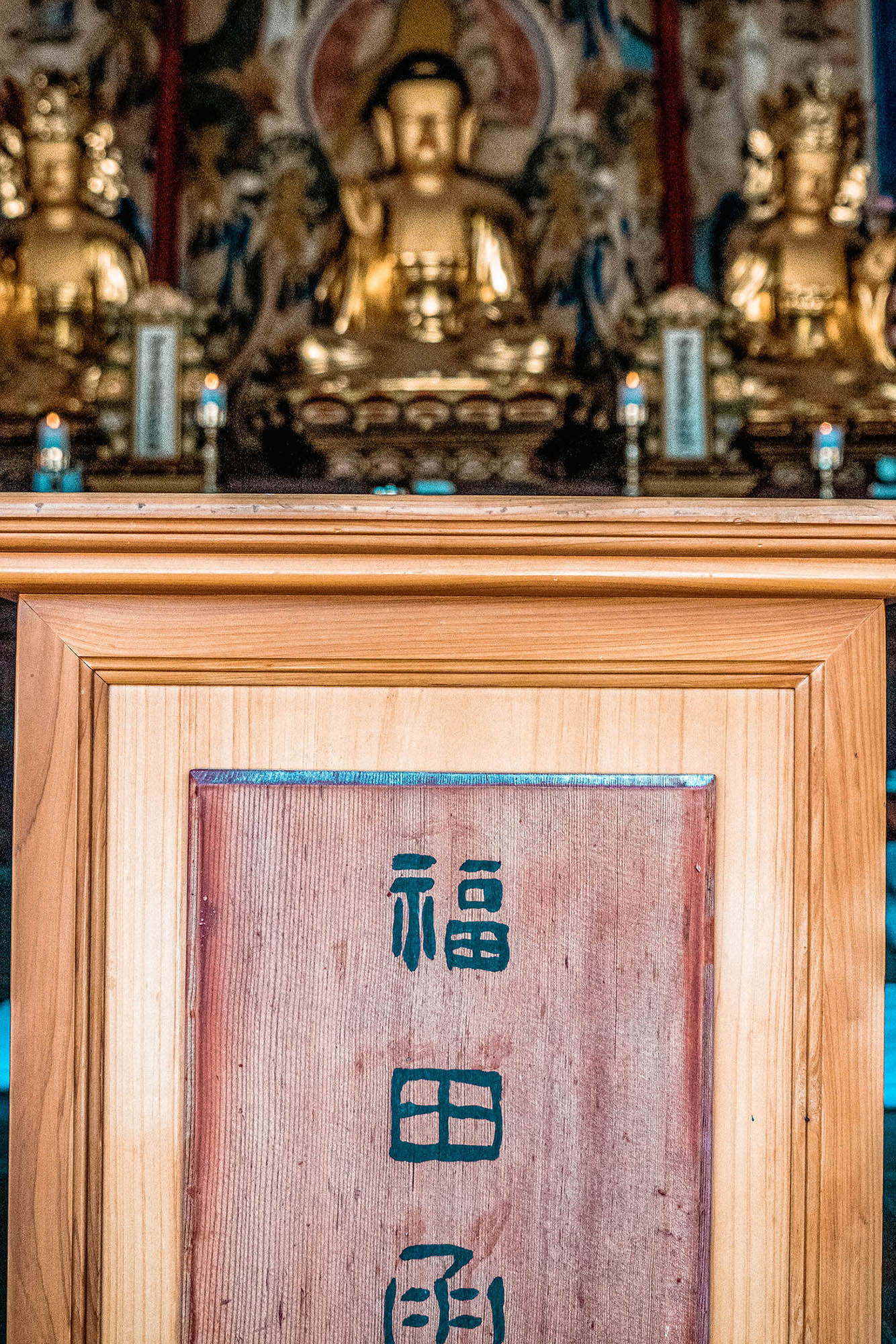
Take time to explore the pathways that weave through the temple grounds and admire the peaceful surroundings. Sit for a moment, not to be converted to religion, but to appreciate the profound harmony between the temple and its natural environment — a reminder of the beauty of balance and simplicity.
Climb Daecheongbong Peak
Hiking to Daecheongbong, Korea’s third-highest peak at 1,708 metres, is a challenging but rewarding adventure that naturally earns its place on this list. While I was unwell and couldn’t make the climb myself, it’s renowned for offering incredible panoramic views of Seoraksan’s rugged landscape, particularly at sunrise.
The trail to Daecheongbong is steep and requires an early start, with most hikers beginning their ascent before dawn to catch the sunrise from the summit. The hike can take anywhere from 8 to 12 hours round trip, depending on your pace and chosen route, so it’s essential to be prepared with proper gear, plenty of water, and snacks.
If you’re up for the challenge, you’ll be rewarded with breathtaking vistas that make the effort worthwhile.
Navigating Seoraksan National Park South Korea
As detailed in this Seoraskan National Park guide, understanding the park's layout, access points, and other essential information, will help you make the most of your visit.
Layout and Areas of Seoraksan National Park
The park is immense!
Stretching for several hundred kilometres through the region, there are multiple sections to visit, but only one that’s advisable if short on time: Outer Seorak. It’s the most accessible part of Seoraksan … close to Sokcho and home to many noteworthy natural sights.
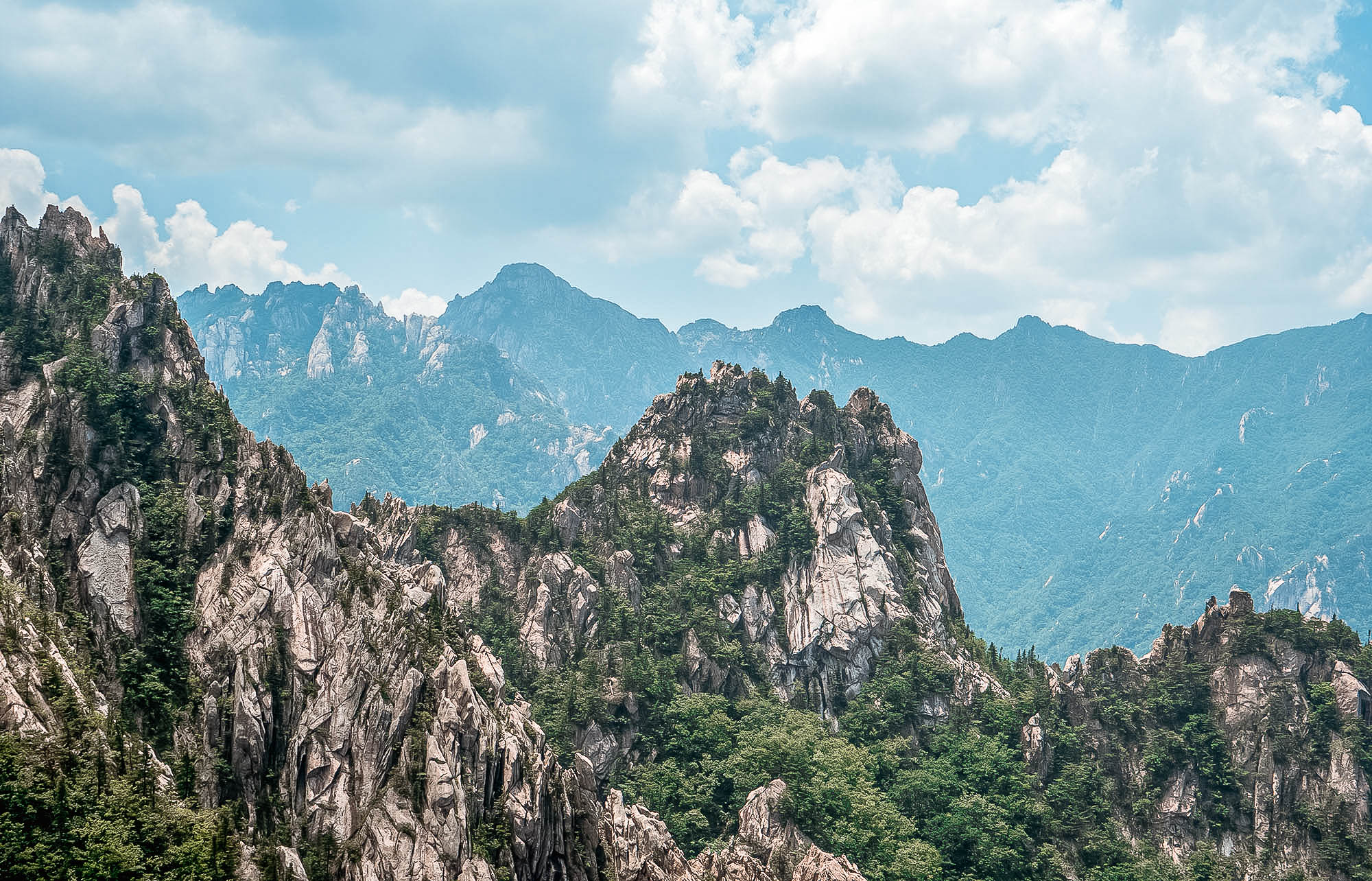
The other two areas, which are further afield (yet equally notable), include Inner and Southern Seorak. They, too, have landscapes that inspire awe, but access takes longer as they’re more remote.
I spent my day wandering and hiking through the sites of Outer Serak and I left feeling completely satisfied I’d had a full nature-immersion experience.
Set out early so there’s ample time to see everything on your wish-list.
Getting to Seoraksan National Park
Getting to the Biosphere Protection site and National Park is straightforward.
By Bus
From Sokcho city, take local bus 7 or 7.1. Both take a similar route, and heave along several roads for approximately 60 minutes before dropping passengers at the park entrance (the final stop).
Once on board, pay the fare to the driver, take a seat, and watch in awe as the mountains gradually increase in size.
See the information further down for detailed instructions on getting to Sokcho and, by extention, Seoraksan National Park from Seoul.
Seoraksan National Park Opening Hours
Seoraksan National Park South Korea is open year-round, but the opening hours for facilities vary.
Generally, the park entrance is open from 6 AM to 8 PM each day, throughout the year.
The cable car to Gwongeumseong Fortress runs on a schedule that changes depending on the day and season. Generally, it operates from around 8:30 AM to 5:30 PM, but be sure to check the official website for up-to-date operating hours.
Restaurants have their own hours, too.
Seoraksan National Park Entrance Fees
Entry to Seoraksan National Park is free, including access to major areas such as Sinheungsa Temple.
However, certain attractions within the park, like the cable car, have separate fees. Carry cash, as some facilities, including ticket counters, don't always accept credit cards.
Best Time of Year to Visit
Seoraksan National Park South Korea is a year-round destination, but the best time to visit depends on your intentions.
For hikers and nature enthusiasts, spring (April to June) and autumn/fall (September to November) are the top choices. Spring brings mild temperatures, blooming flowers, and vibrant greenery, creating ideal conditions for comfortable hikes and picturesque views. Autumn/fall, on the other hand, is famous for its stunning fall foliage, with vibrant reds and yellows transforming the park into a photographer’s dream.
However, autumn is also the park’s busiest time, especially in October, so visiting on weekdays or early in the morning is recommended to avoid crowds.
If you prefer quieter trails and don’t mind the cold, winter (December to March) offers a serene, snow-covered landscape that transforms Seoraksan into a peaceful retreat. It’s a great time for solitude and unique photography, but some trails may be icy, and certain facilities could be closed.
Summer (July to August), while lush and green, comes with hot, humid weather and frequent rainfall, particularly during the monsoon season. Trails can be muddy, and the park is crowded with summer vacationers, making early mornings the best time to visit.
Whether you’re planning a challenging hike, capturing the perfect photo, or simply soaking in the scenery, each season at Seoraksan offers a unique experience.
How Long to Spend at Seoraksan
How much time you’ll need at Seoraksan National Park depends on how deeply you want to explore its trails and attractions.
If you’re short on time, a single day can cover the essentials, such as the Falls hike and the cable car to Gwongeumseong Fortress, but it’s likely to feel a bit rushed.
To really experience the park, I’d recommend setting aside at least two days.
With two days, you’ll have time to explore more trails and soak up the serenity of Seoraksan without constantly checking the clock. Arriving on day one allows you to get familiar with the park’s layout and perhaps take on a shorter walk and visit the Giant Buddha and Sinheungsa Temple. The next day can be dedicated to one of the more challenging hikes with a combination of other highlights such as Biryong Falls and the Towangseong Observatory.
An extra day also gives you breathing room to adjust for weather, which can change quickly in Seoraksan. Overcast skies or light rain can obscure the mountain views one moment, only to clear up and reveal stunning panoramas the next. With a bit of flexibility, you’re far more likely to catch the park at its most picturesque.
If you only have one day, plan carefully and start early to make the most of it. But be warned — this is a place that tempts you to linger.
For anyone who loves nature, like I do, two days is the sweet spot to feel like you’ve truly experienced Seoraksan.
Visiting Seoraksan National Park as a Solo Traveller
Seoraksan National Park is a great destination for solo travellers, offering a mix of accessibility, safety, and rewarding experiences. The well-marked trails make navigating the park straightforward, and the steady flow of visitors ensures you’re never too isolated.
Travelling solo here allows you to set your own pace, whether you want to push yourself on challenging hikes like Ulsanbawi Rock or take a more leisurely route to destinations like Biryong Falls or the Giant Buddha. Along the way, I crossed paths with other solo adventurers and small groups, which made it easy to exchange tips.
If you’re staying overnight in Sokcho, as I did, solo-friendly accommodation like The House Hostel (where I stayed, outlined below) provide a social atmosphere where you can meet other travellers while still enjoying privacy.
Discovering Sokcho: Gateway to Seoraksan National Park
While most visitors journey east for the renowned Seoraksan National Park (for which Sokcho is a gateway) or the Demilitarised Zone just north of the city, Sokcho itself holds a quiet charm worth exploring.
Sokcho is not just a gateway to Seoraksan but a destination that can add depth to any South Korea itinerary.
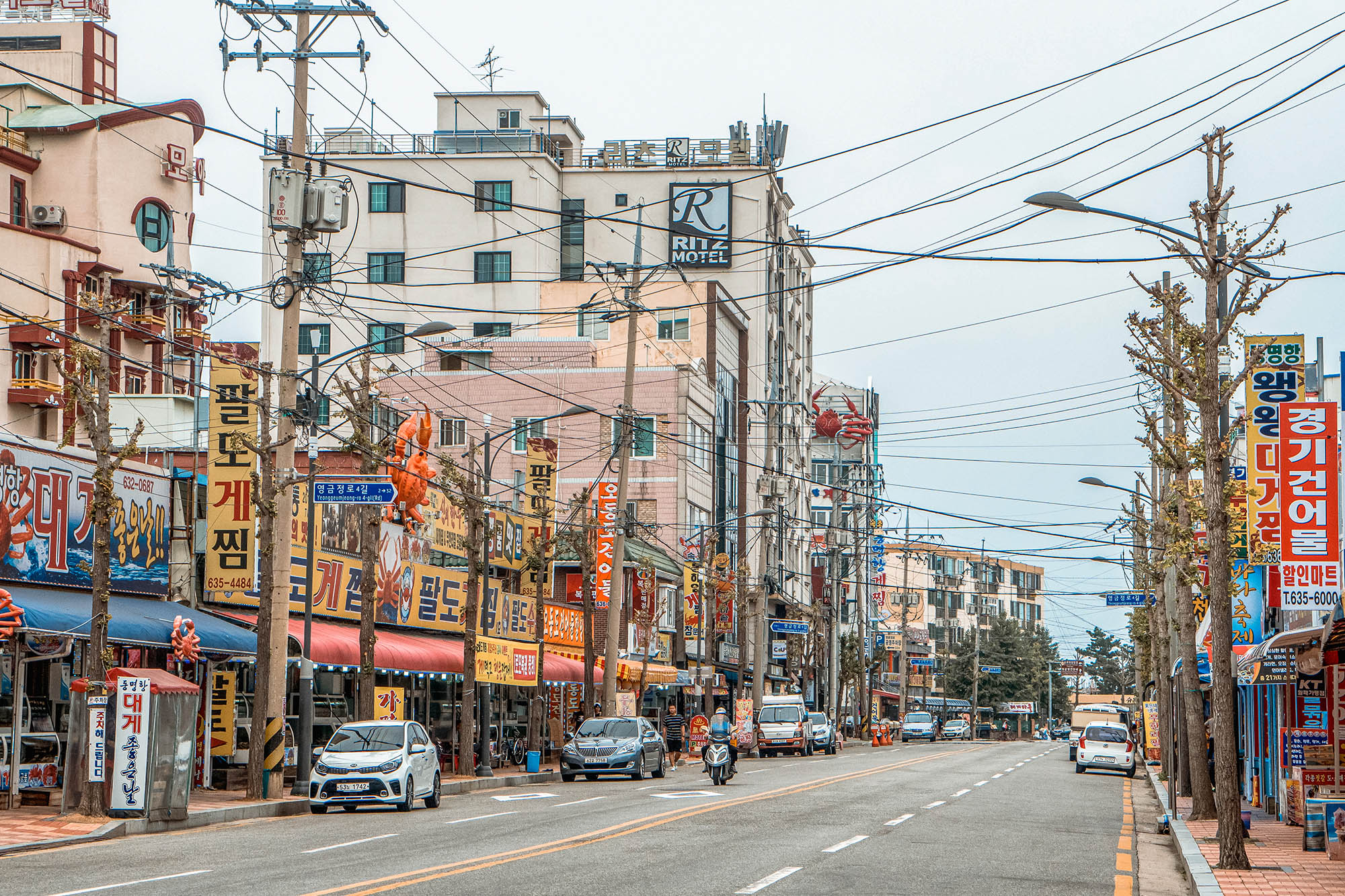
This coastal city’s relaxed pace and its reputation for fresh, raw seafood are a delight for culinary adventurers — especially those with a taste for the unique. From freshly caught crabs to other sea creatures that may still be wriggling on your plate, Sokcho’s seafood scene is a bold draw for the curious and the daring alike.
Things to do in Sokcho
No Seoraksan National Park guide is complete without a visit to Sokcho, a quiet coastal city that offers more than it first appears.
From visiting the local markets to hiking up to the lighthouse observatory, I found plenty to keep me interested.
Discover Markets by the Northern Harbour
I’m not personally a fan of eating animals that are still taking their final breaths, but I came to understand – by visiting a market - how devoted seafood-eaters would get hooked on Sokcho.
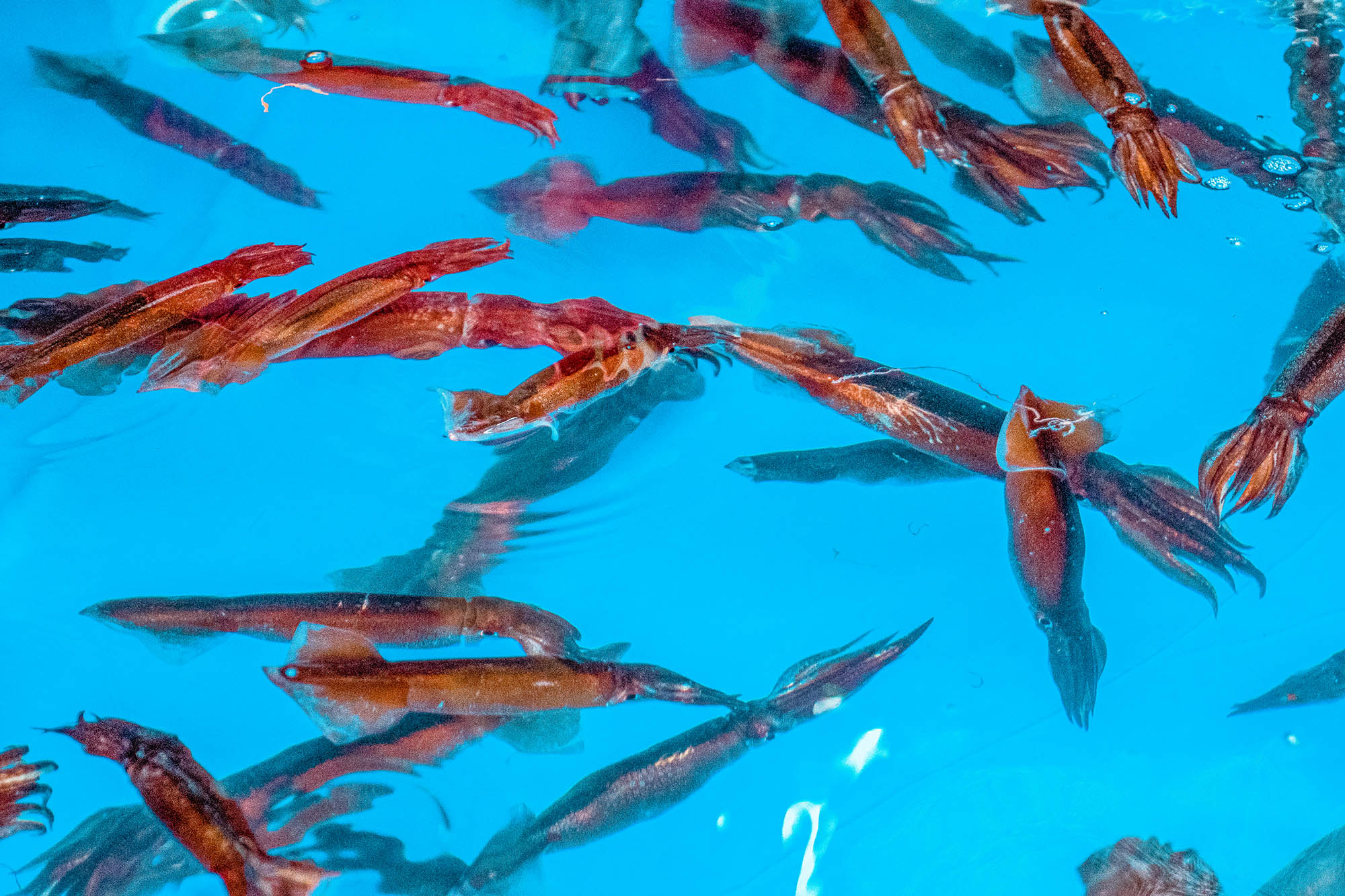
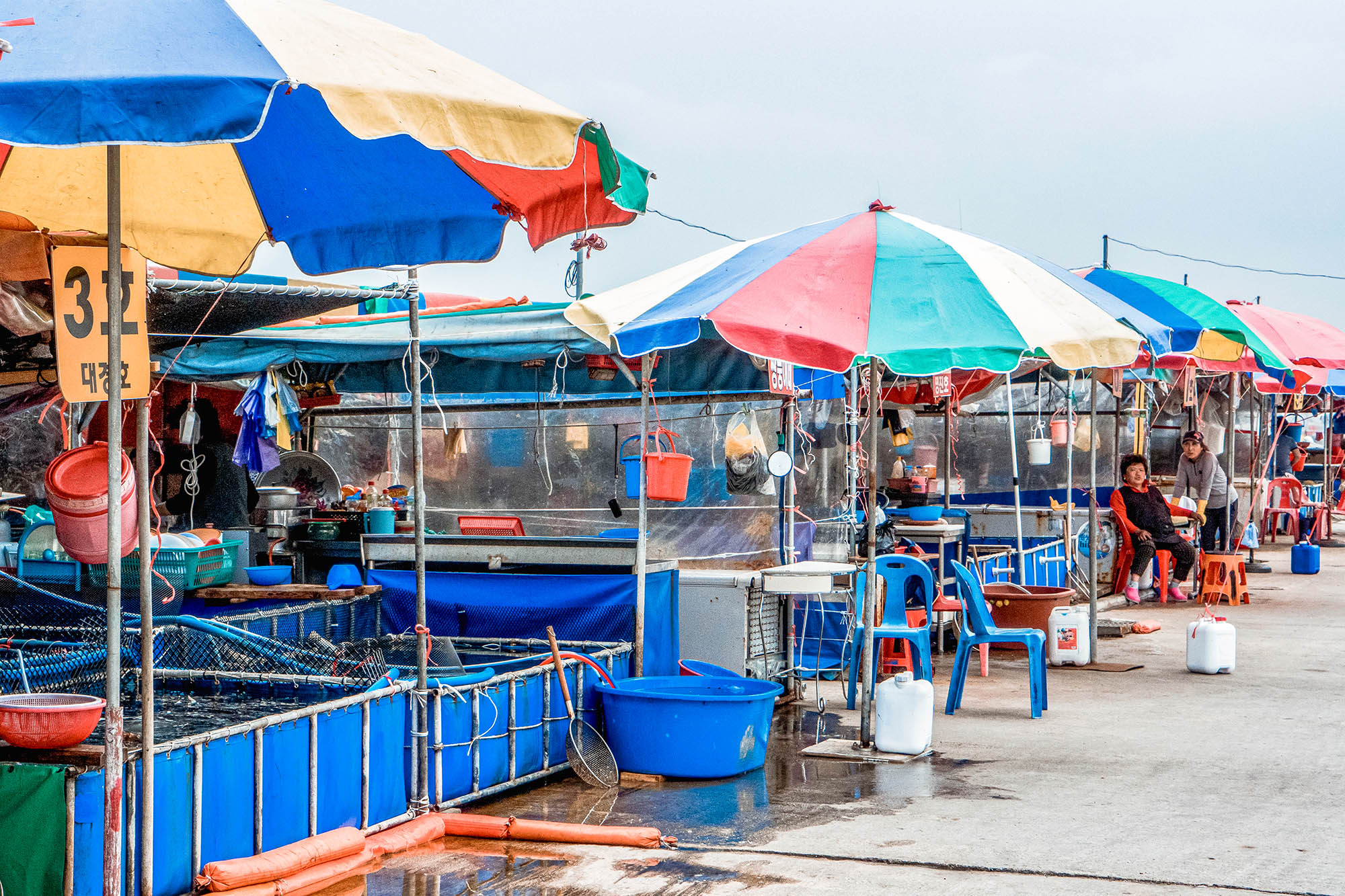
Aside from restaurants in town and small market stalls peppered along the shore, the large market by the northern harbour teems with blue buckets of sea-dwelling creatures: crab; rubbery shellfish; various types of fish; squid; and prawns – all of which are perpetually sliced and diced by the smile-and-knife wielding ajumma (middle aged women from Korea).
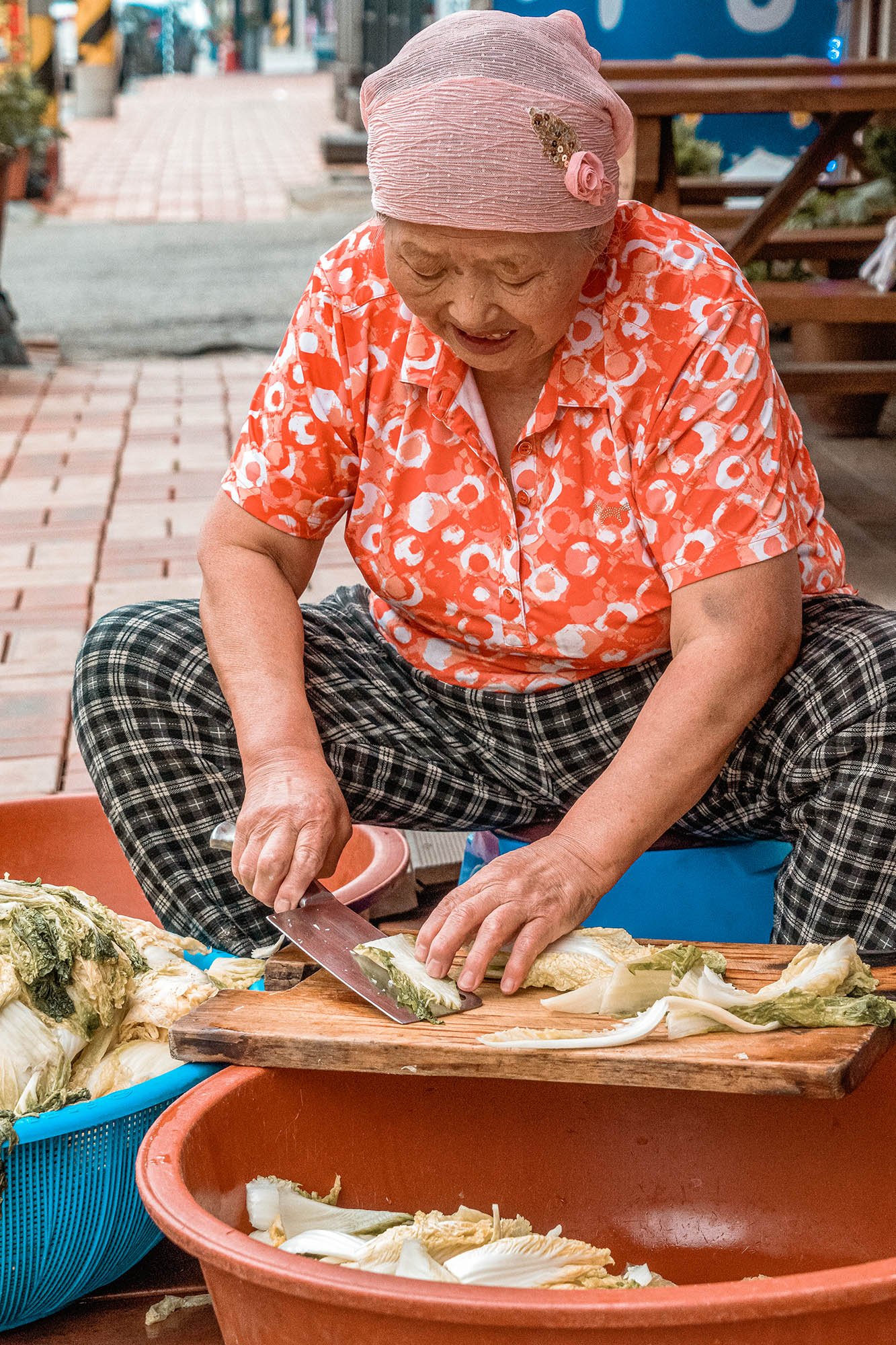
Carry the delicacies on your plate up the stairs, for a feast with a view.
Buy a drink of soju to wash the suckers down.
Hike to Sokcho Lighthouse Observatory
Sokcho – despite its constitution as a city – is no more than a sleepy hollow, offering a peaceful escape from Korea's busier urban centres.
For a panoramic view of the region, embark on an uphill hike to Sokcho Lighthouse Observatory. Perched on a hill near the coast, the observatory provides 360-degree vistas that stretch from the sparkling East Sea to the rugged peaks of Seoraksan National Park on a haze-free day.
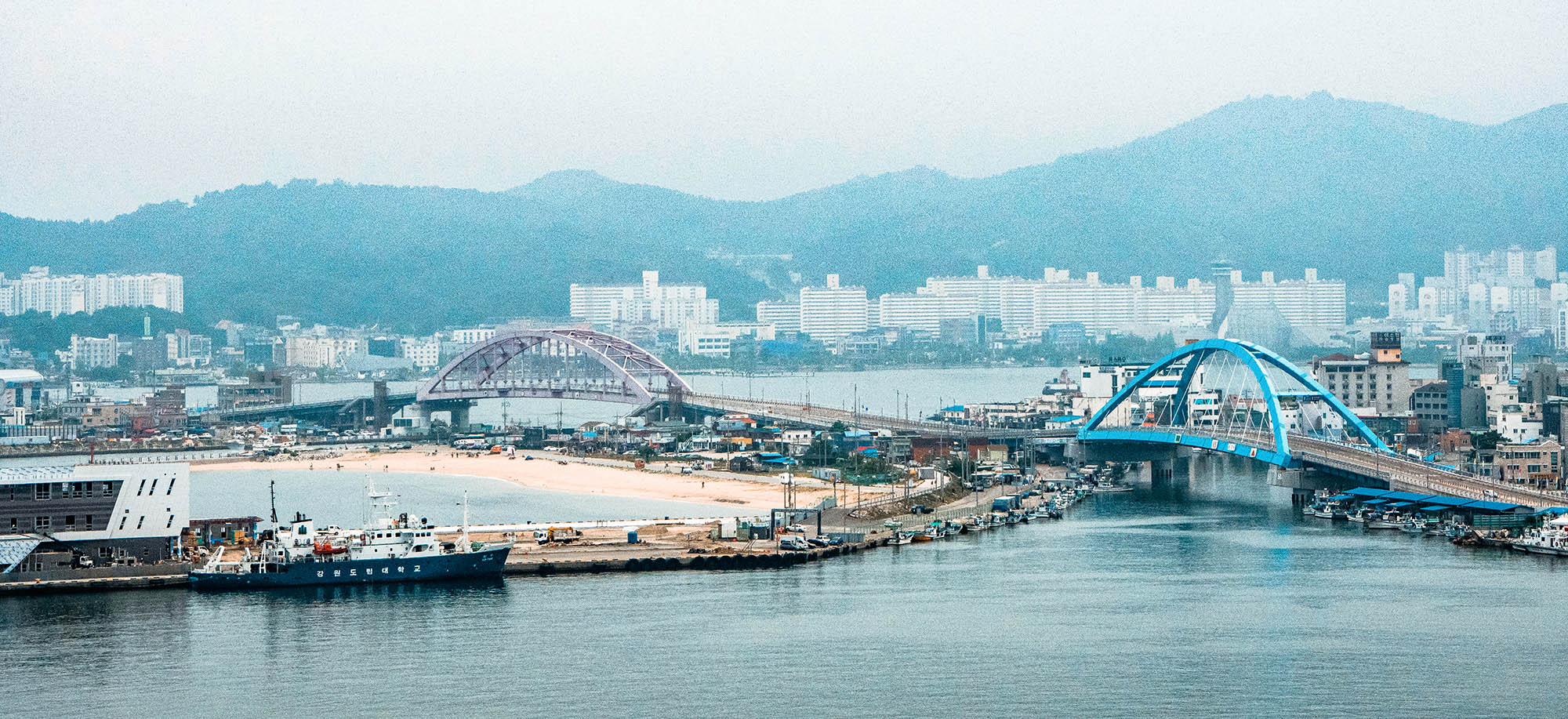
The trail to the observatory is short but invigorating, winding past small shops and local houses. Once at the top, the salty breeze from the ocean greets you, carrying the scents of Sokcho's maritime heritage. The observatory itself, a modest structure, rewards you with great views.
Don’t forget to bring your camera — the vantage point is perfect for capturing Sokcho's contrasting landscapes, from its bustling harbour to its serene coastal waters.
For an added experience, pair your hike with a visit to the nearby Yeonggeumjeong Pavilion, a structure overlooking the sea, where you can soak in the tranquil sounds of waves crashing against the shore.
Visit Sokcho Tourist and Fishery Market
Another itinerary feature is the Sokcho Tourist and Fishery Market (found after strolling along the main shopping street).
Opened in 1982, it has expanded and now boasts an array of shops, ranging from food – and more seafood as the name infers – to wholesale items, clothing, and all kinds of knickknacks. It’s a treasure trove of delight for the forager at heart.
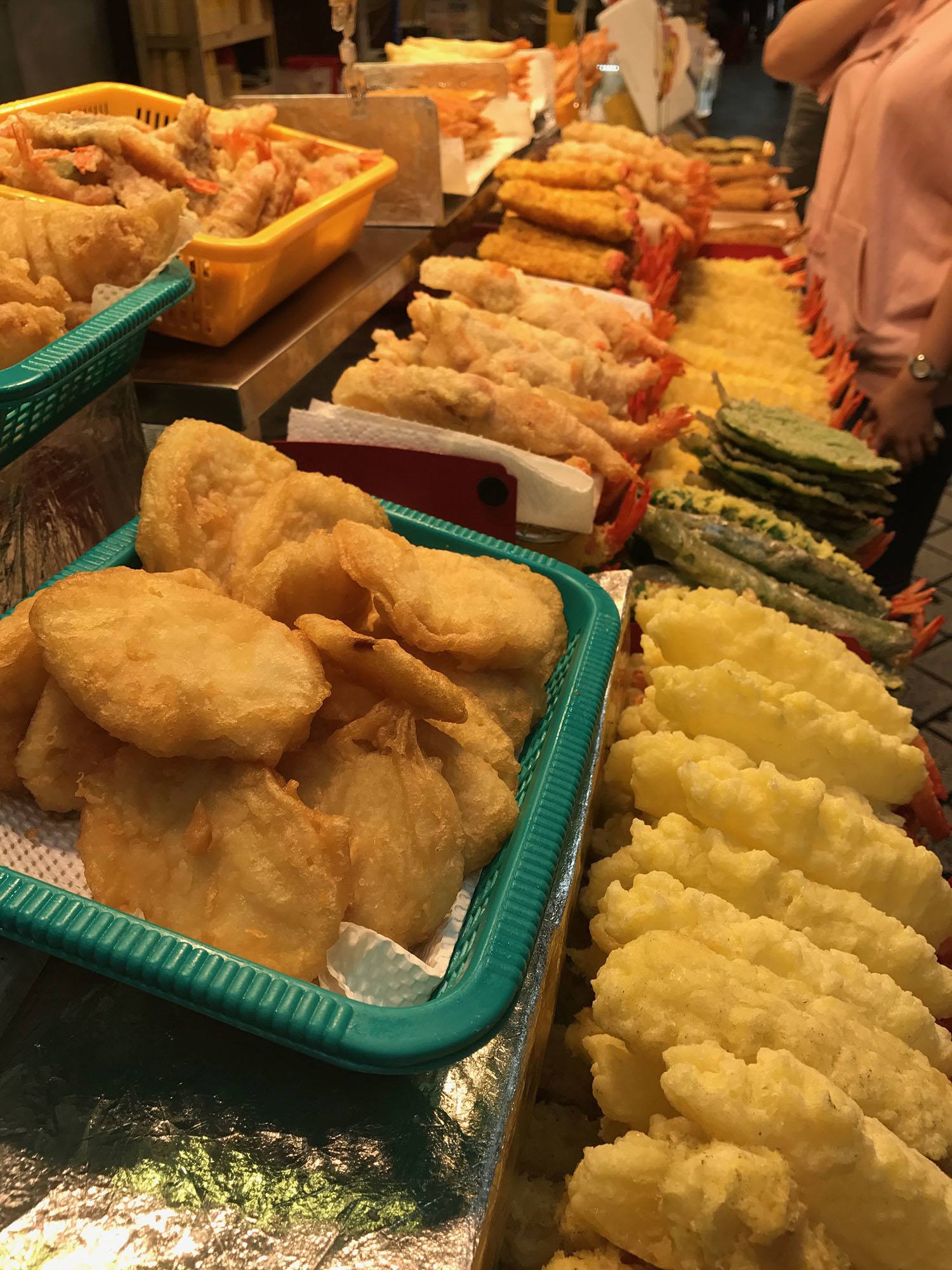
Try dakgangjeong - sweet and sour chicken pieces – which are delivered in a cardboard box with a skewer (to avoid a sticky mess).
Learn at the DMZ Museum
The DMZ Museum offers a fascinating glimpse into the history and complexities of the Korean Demilitarized Zone, through exhibits, photos, and artefacts like U.S. POW letters. The DMZ is one of the most heavily guarded borders in the world.
Located a short drive north of Sokcho, the museum explores the division of the Korean Peninsula, the ongoing conflict, and the hopes for reunification through engaging exhibits and multimedia presentations. It's part of the Tongil Security Park, located near the Goseong Unification Observatory,
Inside, you’ll find a mix of displays that provide context to the geopolitical significance of the DMZ. The museum also highlights the natural environment of the border zone, which has become an unintended haven for wildlife due to the lack of human activity.
Practical Information:
- Location: Inside the Tongil Security Park, just before the Goseong Unification Observatory.
- Getting There: From Sokcho, buses 1 or 1-1 head north to the Machajin stop (₩5020, 1½ hours, every 15 minutes). Be sure to confirm the bus goes to the DMZ. From Machajin, it’s a 10-minute walk to the museum. Alternatively, a taxi from Sokcho costs around ₩70,000 round trip.
- Access: Present identification at the Tongil Security Park entrance and purchase your ticket. Note that the observatory is 10km beyond the museum, and only vehicles (not pedestrians, bicycles, or motorbikes) are permitted on the route.
- Hours and Fees: Open daily, with a small admission fee (~₩3,000 for adults).
Whether you're a history enthusiast or simply curious about the region, the museum's exhibits and photographs provide a rich, thought-provoking experience.
Planning Your Visit to Sokcho
Planning your visit to Sokcho is simple with its range of accommodation options, convenient transportation links, and proximity to Seoraksan National Park.
How to Get to Sokcho (and Seoraksan National Park)
By Bus
Getting from Seoul to Sokcho is straightforward and well-connected by public transport.
- Take the metro to Gangbyeon Station (on the green line, or line 2).
- Exit via Exit 4, and you’ll find the Dong Seoul Bus Terminal just across the road.
- Purchase a ticket for any Sokcho-bound bus, which typically departs every 20 to 30 minutes throughout the day.
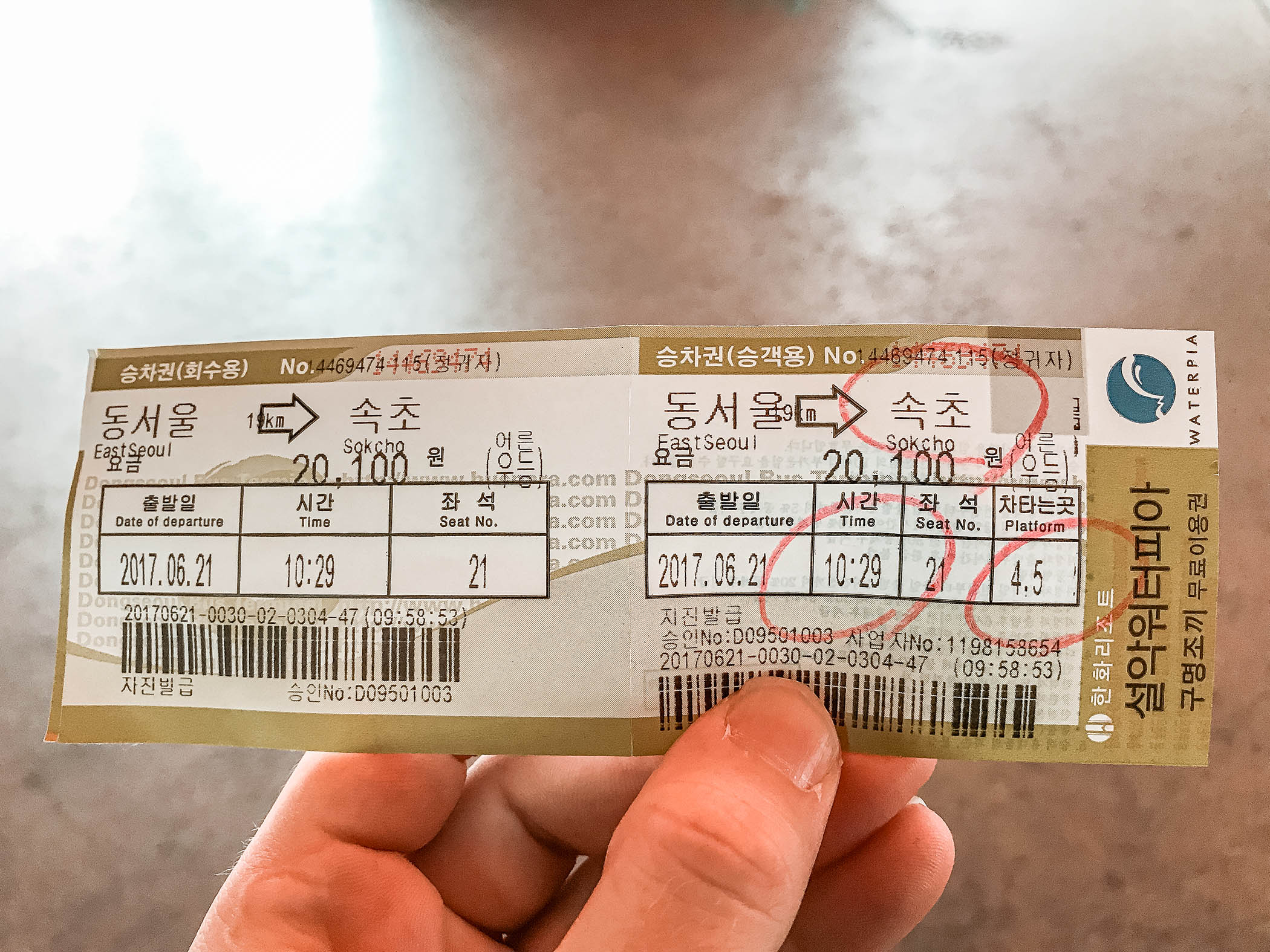
The journey takes about 2.5 to 3 hours, depending on traffic, and is a comfortable way to reach Sokcho.
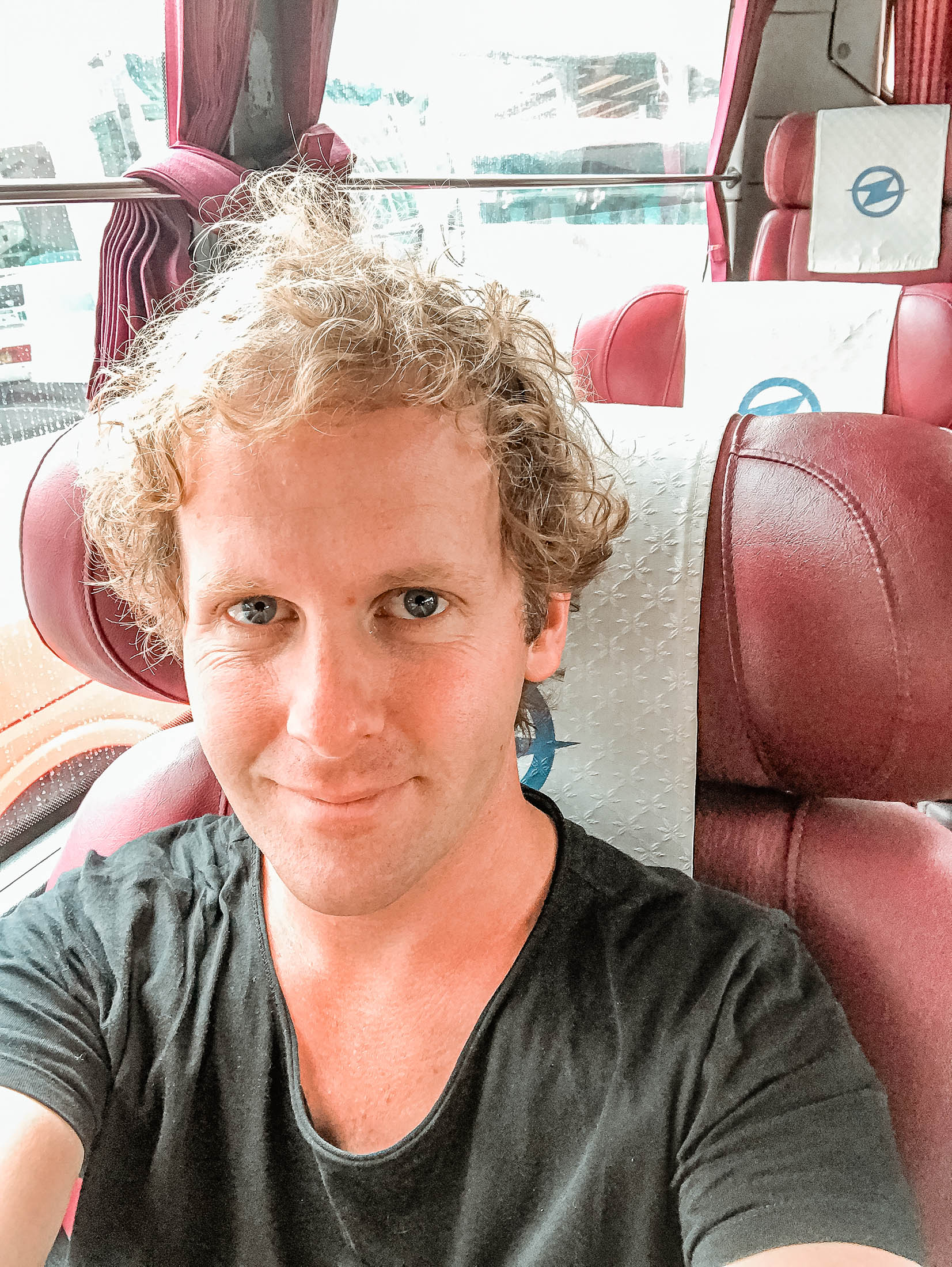
Where to Stay in Sokcho
Find the perfect base for your Sokcho adventure, with options ranging from budget-friendly hostels to luxurious seaside resorts.
Budget - The House Hostel
During my stay at The House Hostel in Sokcho, I found it to be incredibly welcoming and cost-effective. It’s located conveniently in the city, which allowed easy access to public transportation and local attractions like Sokcho Beach and Seoraksan National Park.
The staff there were super friendly and helpful, going out of their way to ensure that my stay was comfortable and enjoyable. They provided tips on the best spots to visit in Sokcho and helped with directions and transportation options.
Mid-Range - Sokcho Marine Pension
The inclusion of a hot tub and on-site restaurant, along with activities like hiking and windsurfing, make it a solid choice for those wanting a bit more comfort and recreational options without moving into the high-end price bracket.
➡ Click here to book Sokcho Marine Pension
High End - Lotte Resort Sokcho
It is a luxurious resort known for its excellent facilities, including an outdoor pool, spa services, and various dining options. The resort offers elegant rooms with spectacular views of the sea or mountains.
Ready to Visit Seoraksan National Park?
Seoraksan National Park and Sokcho are two destinations that perfectly balance adventure, relaxation, and cultural discovery. Whether you're hiking breathtaking trails like Biryong Falls, marvelling at the beauty of Sinheungsa Temple, or soaking up Sokcho's coastal charm, this region offers something for every traveller.
With its dramatic landscapes and rich history, Seoraksan National Park stands out as a must-see highlight of any trip to South Korea. From challenging hikes to tranquil moments at the Giant Buddha or the observatory atop Gwongeumseong, this UNESCO-recognised park will leave you in awe. Use this Seoraksan National Park guide to make the most of your visit, ensuring you don't miss the best experiences the park has to offer.
Sokcho, the gateway to Seoraksan, complements your trip with its relaxed pace and seafood scene. Whether you're exploring its bustling markets, enjoying panoramic views at Sokcho Lighthouse Observatory, or learning about the history of the Korean Peninsula at the DMZ Museum, the city is a destination in its own right.
Ready to leave the hustle of Seoul behind and explore South Korea's east coast? Let this Seoraksan National Park guide be your companion.
Pack your bags, plan your hikes, and prepare for an unforgettable experience!
If you found this guide helpful, please share it with fellow travellers by using the social links below. Your support helps me continue creating useful content for adventurers like you!
Other Articles and Information for Travelling in South Korea
